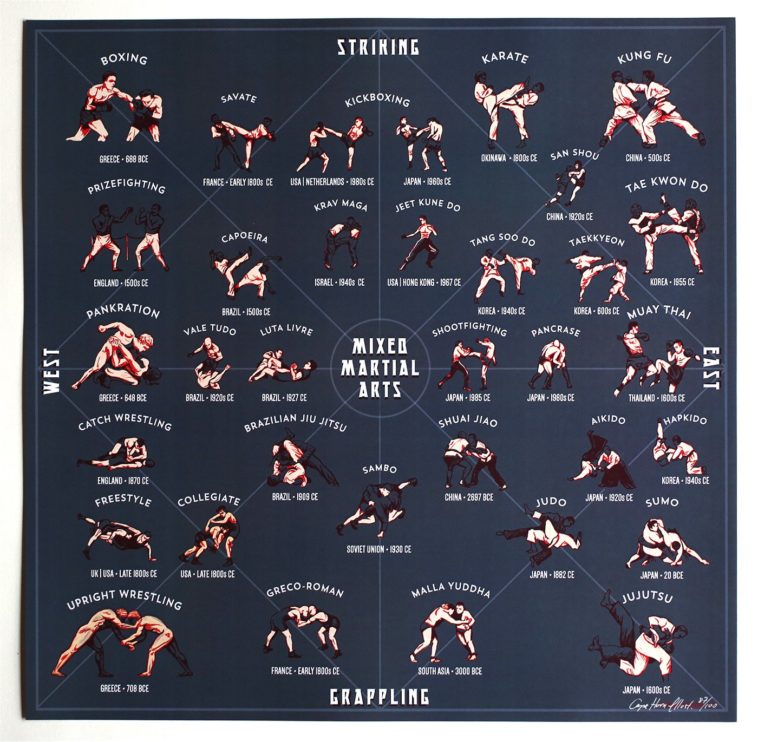A Comparative Research Study Of Typical Martial Arts And Modern Combat Sports: Highlighting The Vital Distinctions
A Comparative Research Study Of Typical Martial Arts And Modern Combat Sports: Highlighting The Vital Distinctions
Blog Article
Produced By-Sherman Johnson
When you consider martial arts, do you lean extra toward the conventional practices or the modern-day combat sporting activities? Each path supplies special advantages and experiences, shaped by their philosophies and training methods. Typical martial arts emphasize personal growth and technique, while modern fight sports focus on competition and efficiency. Comprehending these differences can lead you in picking the ideal technique for your trip. But exactly how do these distinctions manifest in training and viewpoint?
The Philosophy and History Behind Standard Martial arts
While lots of people link martial arts with physical fight, the approach and history behind conventional martial arts run much deeper. You'll find that these self-controls highlight personal development, discipline, and regard.
Stemming from old methods, conventional martial arts were frequently created for Self-Defense and spiritual growth. They embody principles such as equilibrium, harmony, and self-discipline, guiding practitioners past simple combating skills.
As you train, you'll not only find out methods yet likewise gain understandings into the culture and worths that formed these arts. The routines and practices, frequently given through generations, cultivate a sense of area and belonging.
The Affordable Nature of Modern Battle Sports
Modern combat sporting activities have actually changed the landscape of martial arts into an extremely affordable arena, where athletes challenge in an examination of skill, technique, and endurance.
You'll discover that competitors are frequently organized with stringent guidelines and laws, making certain fair play and safety. https://form-focused-martial-arts66654.win-blog.com/15723029/demystifying-the-different-fighting-style-styles-from-karate-to-taekwondo draw in big target markets, fueling the excitement and intensity of competitions.
Professional athletes train carefully, not just for physical prowess however additionally for psychological strength, understanding that every information counts in the ring. visit the next document throughout competitions is apparent, as fighters push their restrictions to declare success.
Followers value the athleticism and creativity involved, making modern combat sports a thrilling phenomenon that continues to evolve and astound enthusiasts around the world.
Training Techniques and Techniques: A Comparative Evaluation
The competitive atmosphere of modern fight sporting activities demands innovative training approaches that differ substantially from conventional martial arts.
In modern training, you'll concentrate on details techniques, competing, and conditioning, commonly utilizing drills that simulate real battle circumstances. You'll see a focus on quantifiable performance and frequent competition to examine your skills.
In contrast, typical martial arts prioritize kinds, katas, and philosophical mentors, usually emphasizing discipline and respect over competition.
Training is usually much less extreme and may involve repeated method rather than real-time sparring.
While both methods build skill and physical fitness, modern-day battle sports provide a more vibrant and versatile training setting, preparing you for immediate obstacles in the ring or cage.
Pick the path that straightens with your objectives and passions.
Verdict
In selecting between typical martial arts and modern-day fight sports, it actually boils down to what you value a lot of. If you're looking for individual growth, technique, and a sense of neighborhood, typical arts might be your finest fit. Yet if you prosper on competition and real-time obstacles, contemporary fight sports could be the way to go. Eventually, both courses supply one-of-a-kind benefits, so it's all about aligning your training with your personal objectives and rate of interests.
